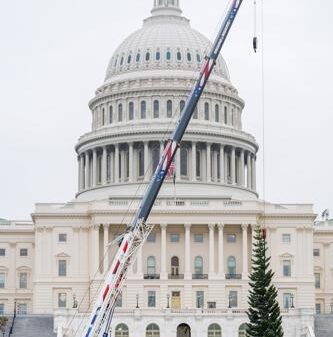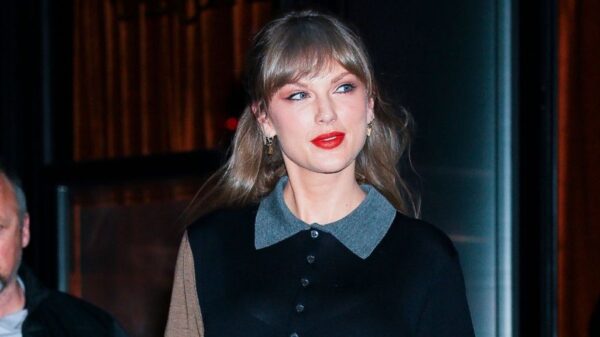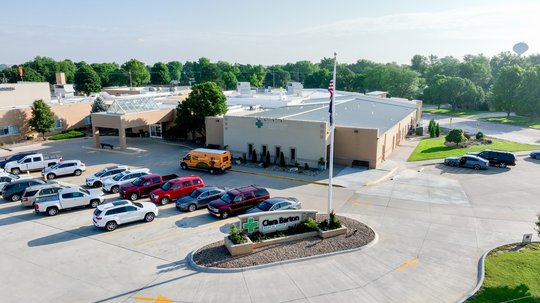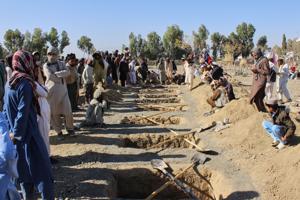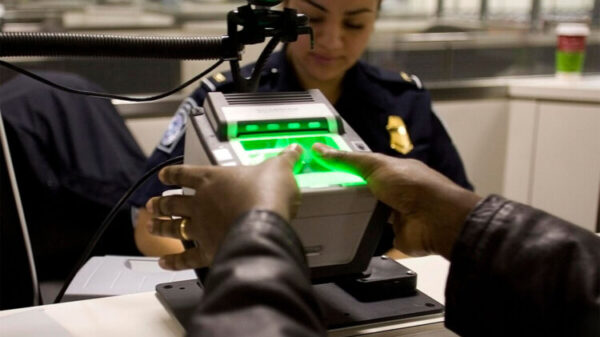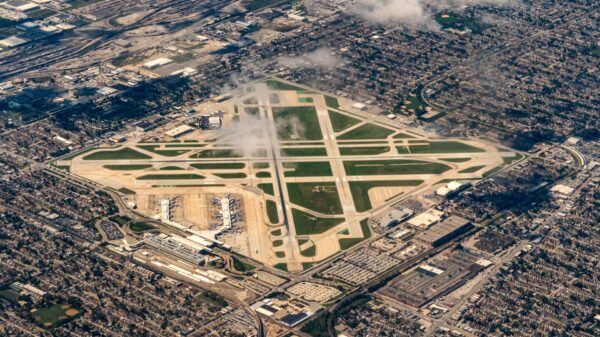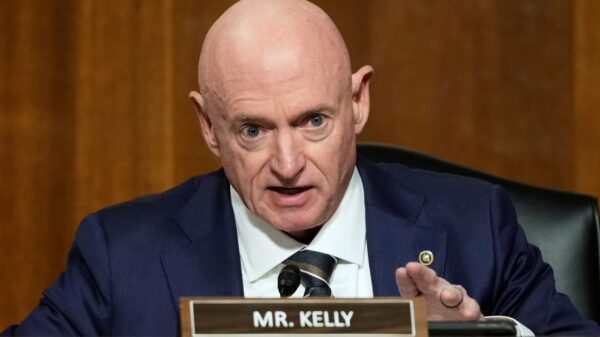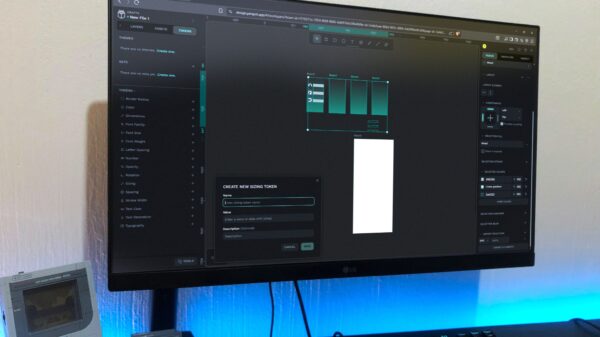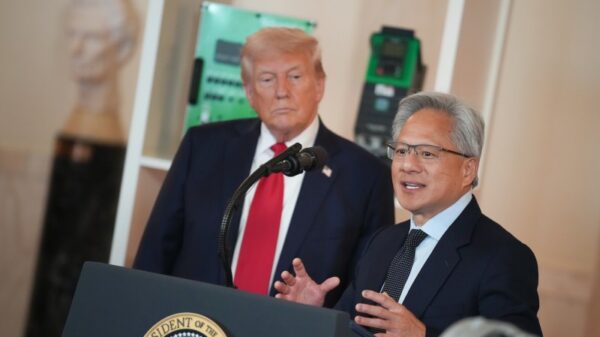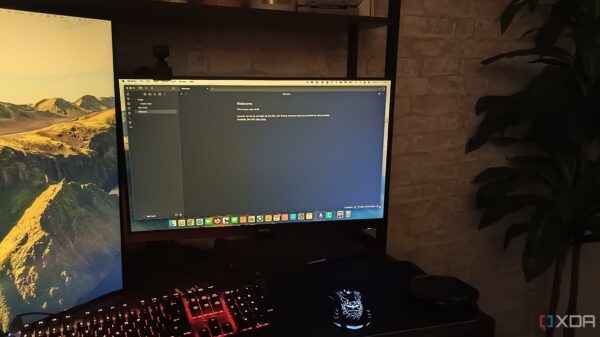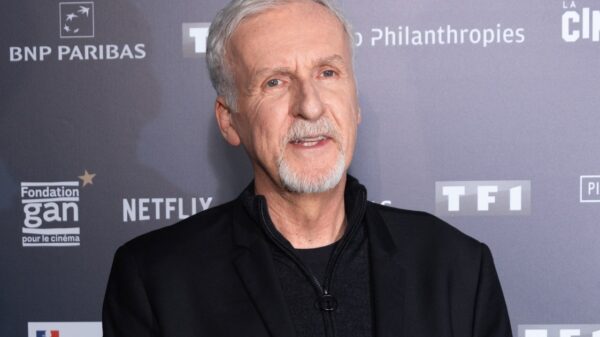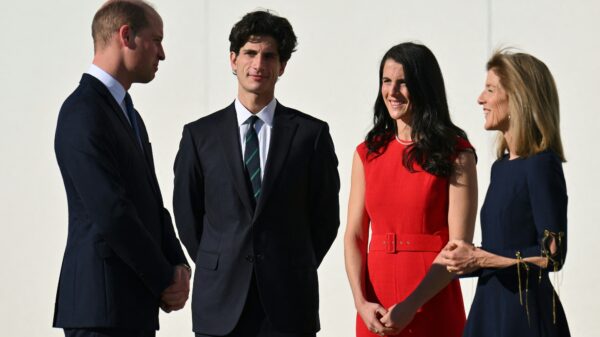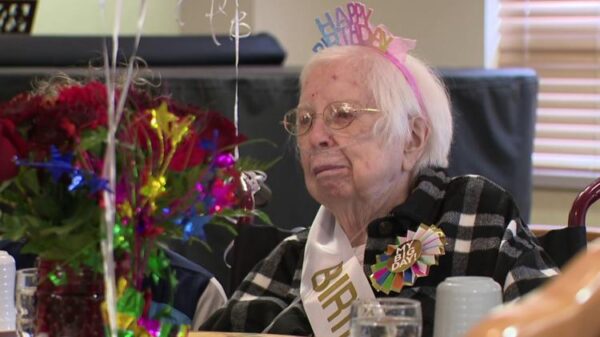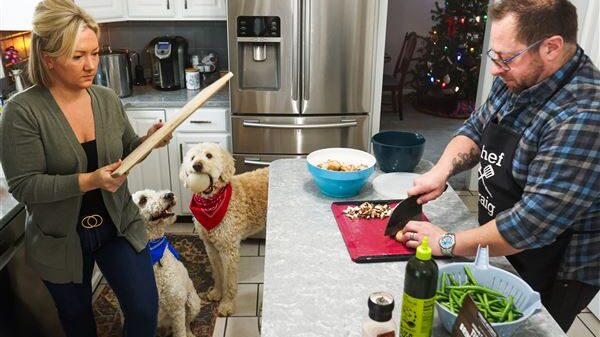URGENT UPDATE: As of this week, over 14,000 Americans are seeking compensation for injuries allegedly caused by COVID-19 vaccines, but they face significant hurdles. In a revealing segment on 60 Minutes, correspondent Jon Wertheim sheds light on the complexities of vaccine injury compensation amid the ongoing pandemic.
The Vaccine Injury Compensation Program (VICP), designed to streamline compensation for vaccine-related injuries, does not currently cover COVID-19 vaccines. This exclusion leaves thousands of claimants navigating the more restrictive Countermeasures Injury Compensation Program (CICP), which has resulted in only fewer than 100 compensations despite the overwhelming number of claims.
The VICP was established in response to the public health crisis caused by the DTP vaccine in the 1980s, which saw vaccine manufacturers withdrawing from the market due to lawsuits. Recognizing the need for vaccine availability, Congress created a no-fault program that has since compensated around 12,000 individuals with nearly $5 billion in payouts for vaccine-related injuries.
Currently, the COVID vaccines are excluded from this program due to their classification under the Public Readiness and Emergency Preparedness Act (PREP Act), which protects manufacturers from most lawsuits during public health emergencies. This legislation has been extended through 2029, maintaining liability protections that complicate the path to compensation for vaccine injuries.
Experts, including Renée Gentry, a leading vaccine injury litigator, argue that COVID-19 vaccines should be included in the VICP. Gentry stated, “Those people went out and did exactly what was asked of them… and they’re basically being hung out to dry.” For this to happen, the CDC would need to recommend the COVID vaccine for children, Congress must implement an excise tax for the vaccine, and the Secretary of Health and Human Services would need to add it to the Vaccine Injury Table.
As of now, those injured due to the COVID vaccine face a one-year statute of limitations under the CICP, while the VICP allows three years, along with the potential for compensation for pain and suffering. While myocarditis has been the most frequently compensated injury, experts warn that the processing backlog is overwhelming, with over 10,000 unresolved cases in the countermeasures program.
“Without any improved infrastructure, it’s going to be crushing,” Gentry warned during the segment.
Former special masters also express concerns about the implications of adding COVID vaccines to the VICP. They note that the move could dissuade vaccinations, counteracting the program’s foundational goal of promoting public health through vaccination. Retired special master Denise Vowell emphasized the historical success of vaccines in saving lives, stating, “Overall, the vaccine process has saved lives.”
As discussions around vaccine injuries intensify, the call for immediate action grows. The need for an efficient compensation system is more pressing than ever as the nation continues to navigate the impacts of COVID-19. With each passing day, the urgency to address the backlog and expand the VICP becomes increasingly critical for those affected.
Stay tuned for further updates as this situation develops. The implications of these decisions will affect not only those currently seeking compensation but also the future of public health initiatives in the U.S.

